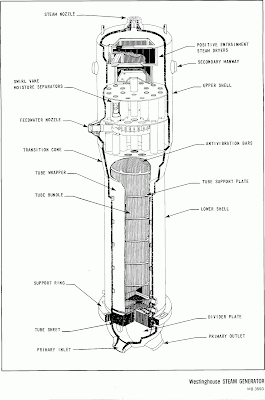Each year America recognizes the month of February as National African American History Month. America reflects and celebrates the heritage and legacy of African Americans and many of their achievements. The theme for this year’s African American History Month is focusing on, “Black Women in American Culture and History.” In his 2012 proclamation, President Obama says, “During National African American History Month, we pay tribute to the contributions of past generations and reaffirm our commitment to keeping the American dream alive for the next generation.”
--------------------------------------------------------------------------------
 |
| Dru Ealons |
Dru Ealons is a Presidential appointee in the Obama Administration. She serves at the Environmental Protection Agency as the Director for the Office of Public Engagement. Dru is responsible for the strategic development and implementation of EPA’s public engagement efforts on behalf of Administrator Lisa P. Jackson.
Prior to joining EPA, in 2010, Dru worked as the director of development for Pathways, a homeless shelter for women and children in Birmingham, Alabama. In this role, she served as the chief fundraising officer, managed Pathway’s board of directors and served as the official spokesperson for the Agency. Dru has also worked as the diversity and community relations executive for Southern Progress Corporation, a magazine and book publishing corporation.
Dru received her undergraduate degree in Marketing and Human Resource Management from the University of Alabama at Birmingham. She was born and raised in Birmingham, Alabama and currently resides in Silver Spring, MD with her husband Corey and her young son, Maxwell.
--------------------------------------------------------------------------------
What achievements are you most proud of being a successful black woman?
I’ve received several awards, from being honored by a service organization in Birmingham as Woman of the Year to Ebony magazine’s 30 under 30. Now that I’m well past 30 and I look back over my life, I’m most proud of the woman that I’ve become. My spiritual life throughout my journey, the trials and the triumphs, have shaped me into the woman I am today. So, make no mistake about it, my greatest achievement is from allowing God to be the pilot of my life. To that end, my success comes from above and I’m very proud of that.
There are countless distinguished and notable black women of the past such as, Rosa Parks, Sojourner Truth, and pioneer Harriet Tubman, which historical figure would you say inspired you the most as a black woman?
I think I’m most inspired by Shirley Chisholm. What reigns as a theme of my life’s work stems from her quote “Service to others is the rent you pay for your room here on Earth.” This has been a guiding principle of my life and I hope my “dash” represents the sentiment of this quote.
What service do you feel you have to represent the historically prominent black women that have come before you?
Throughout my career, I’ve always chosen opportunities that provided service to the greater good, rather than an opportunity that would serve me best (financial gain, fame, etc.). I believe powerful prominent women that came before me, always sought opportunities that will benefit the well-being of others. They were selfless servant leaders that improved the lives around them. I only hope that my life reflects the same commitment of service to all mankind.
Many black women were pioneers of their time and serve as role models today. Reflecting on your personal journey through life, what advice would you impart on the next generation of black girls for them to be successful and be the next generation of leaders?
I would tell them, you are more than a conqueror. Recognize you are standing on the shoulders of others and they’ve already paved the way. Discover the strength you have within and know that you have the power to be victorious to achieve your goals. And always ask yourself “Is there anything too hard for God?”
During the State of the Union Address, President Obama laid out his blueprint for an America built to last. Explain what you believe is the most important aspect of the President’s address?
The substance of the blueprint is extraordinary. Our President was clear and concise about the direction and vision he has for our great country. But beyond the substance, which is very important, for me it was the tone in which our President delivered the blueprint for an America Built to Last. It was his fight, his determination, his strength and confidence that he cares for us all. It reminded me of the sentiment of his 2004 speech when he said “I believe we have the righteous wind at our backs and that as we stand on the crossroads of history, we can make the right choices, and meet the challenges that face us”. He reminded all of us, that by putting our differences aside, together we have the blueprint for an America Built to Last. Together we will meet the challenges that face us.




















